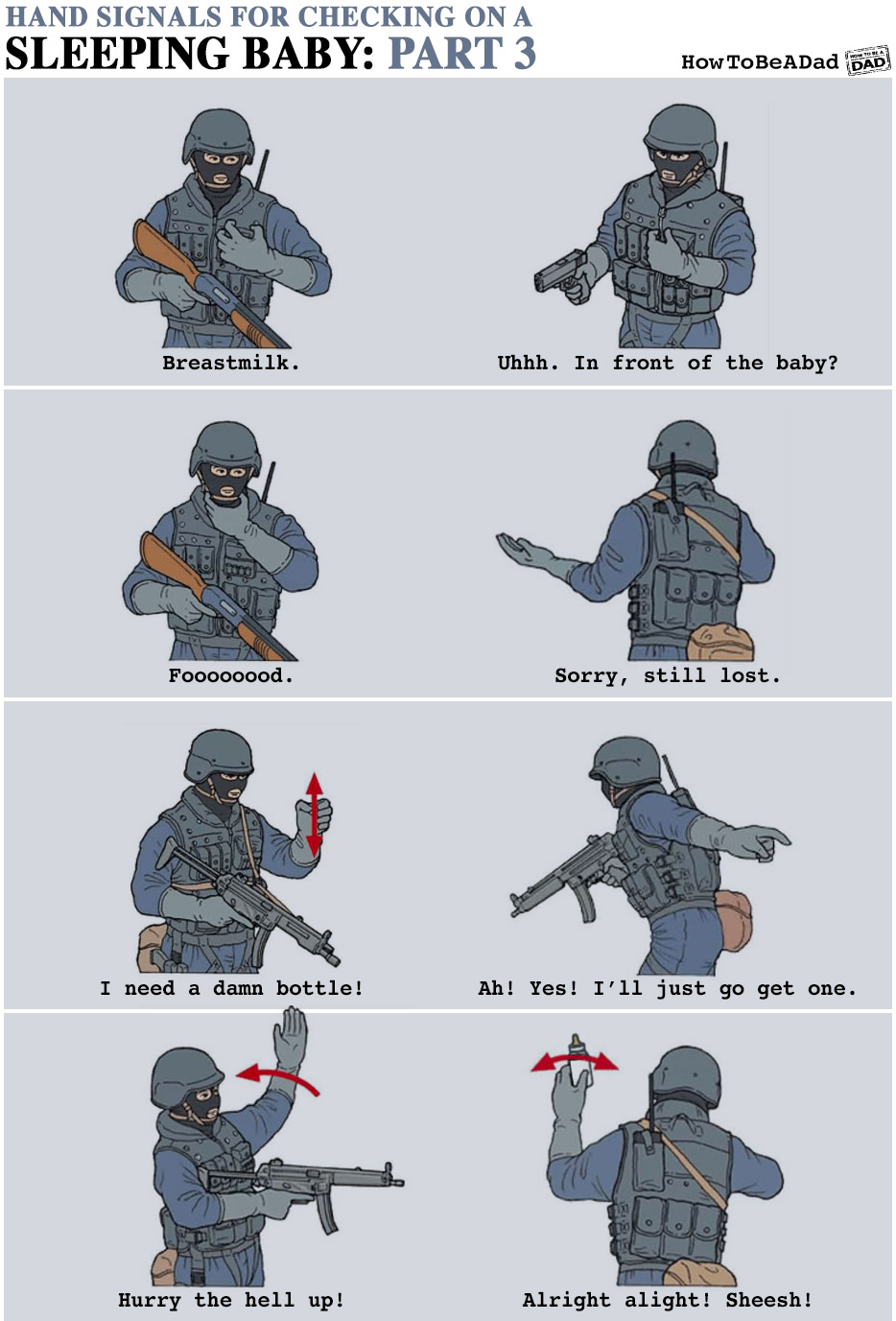

There’s no point trying out the hand signals above and expecting your dog to instantly understand them. The most important thing is that you remain consistent with the hand signals that you use. If you’d prefer to wave your dog over when calling them, rather than making a big circle with your hands, then go ahead and do this. Like we said, the hand signals that you use are completely up to you. Heel : either tap your hip with your hand, or use your hand to form a circular motion by your hip. Stay : hold your palm straight out, as though you were telling someone to stop.ĭrop it : hold your hand out in a fist, and then open your palm. Then, rotate this slowly to point at the ground. Lie down : hold your finger straight out in front of you. Then, slowly bend your elbow and raise your palm up towards your face, over your dog’s head at the same time.

Sit : hold your palm straight out in front of your chest. This is quite a big gesture, so that your dog can see it from afar. Then, move them round and down in a circular motion away from each other. Watch/look at me : start by signalling to your dog to get their attention, and then point at your eyes.Ĭome : hold both arms straight above your head. However, there are some that are common go-to’s. It’s completely up to you which hand signals you use for each command that you teach your dog. There’s even an Italian study that proves this – the canine participants responded to verbal cues 82% of the time, yet listened to hand signals 99% of the time. Some dogs respond so much better to hand signals than to verbal commands. Dogs are great at reading body language – it’s second nature to them. Other than that, hand signals can also often be easier for a dog to understand. If this were to happen to your dog, it wouldn’t matter quite as much if you already communicate using hand gestures. Even if your dog has perfect hearing now, they often lose this as they age. If you’re in a noisy environment with lots of distractions, a clear hand signal is a better way to communicate than shouting your command and trying to be heard. The first, and most obvious, is in situations when your dog can’t hear you properly. There are a few reasons why hand signals are important. So, if your dog already understands verbal commands, why teach hand signals? Or, even if your dog is still in the initial training stages, why is it important for them to learn hand signals alongside voice cues? Why are they important and how can you start training your dog to understand specific hand gestures? Read on – we’re about to explain all of that and more! Why Are Hand Signals Important in Dog Training? However, hand signals definitely have their place in dog training too. Teaching your dog to respond to verbal commands means that you’ll be able to communicate with them even when your dog has their back to you, or happens to be out of sight.
#Hand signals full
Whether you have a shelf full of dog training books or you regularly scour through your favorite dog training blogs for new tips and tricks, the majority of the training advice out there focuses on using verbal commands to communicate with a dog.


 0 kommentar(er)
0 kommentar(er)
